I think that I’m really starting to like business jets. After spending the last two weeks working on this set of side view templates for the Gulfstream G650ER, I’m beginning to think about which business jet I’m going to buy the day I become obscenely rich.
I’m not exactly sure if that day will ever come, but…it probably behooves me to start coming up with some ideas for a cool “Norebbo” livery. I like to be optimistic, ok?
Coming up with a great livery for my personal corporate jet will be easy now that I’ve got blank illustration templates of both the G650ER and the Citation X. I don’t necessarily have to make a choice of what aircraft I’m going to purchase quite yet, but it’s nice to have visuals to help guide my decision.
Oh – and or the record, I think the G650ER is a much better-looking aircraft than the Citation X. If I had to make a purchase today, it’s highly likely that I’d drive right on past the Cessna dealership on my way to take the Gulfstream for a spin. Just sayin’.
Blank side view templates of the Gulfstream G650ER (G-VI)
Compared to my Cessna Citation X templates, drawing the G650 was a breeze. This is a fairly generic-looking aircraft, much like the CRJ-200. That’s not to say that it’s ugly or anything. It’s really not. “Sophisticated” and “professional” are the words I think of first whenever I see a G650. For the Citation X, it’s usually something along the lines of: “what the hell?”
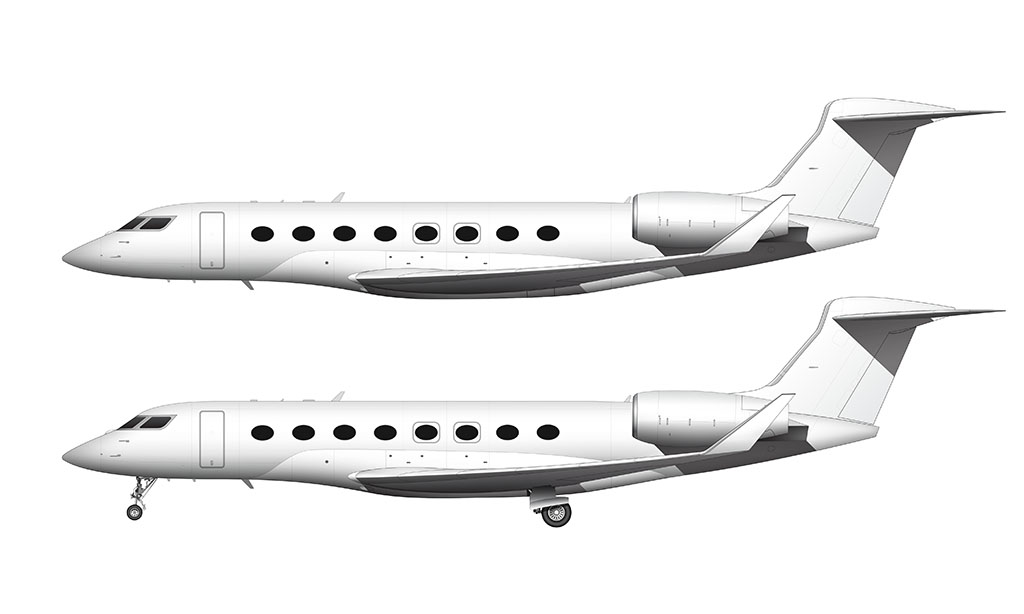
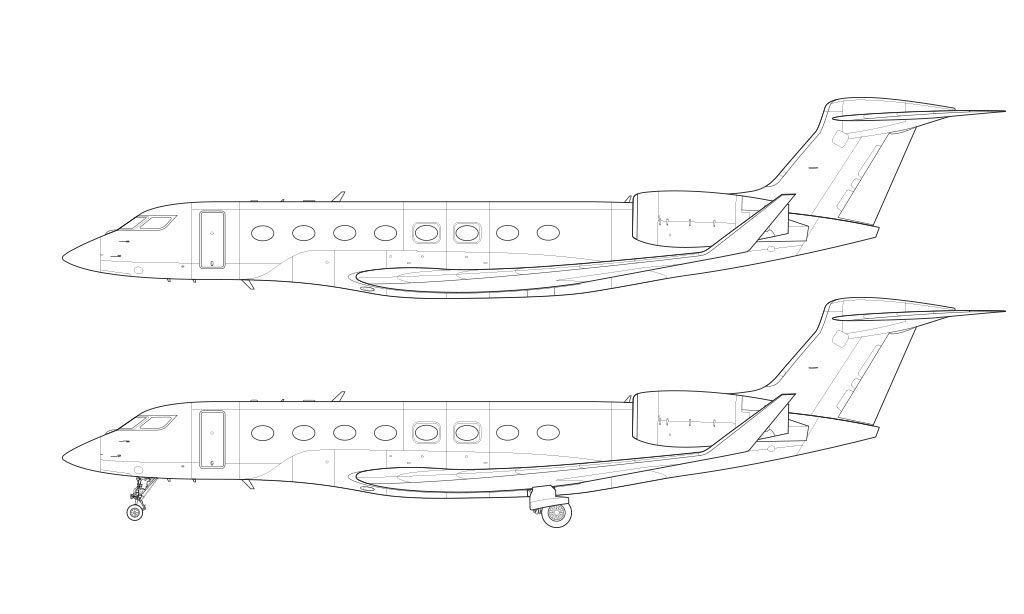
As I mentioned above, the G650ER looks very much like a CRJ-200. More specifically, a CRJ-200 combined with an ERJ-135. It’s a beautiful aircraft, and I don’t think I would have ever appreciated it as much as I do now if I never made these illustrations.
From the way that the wings flex upwards in their resting state, to the way the wing box blends into the fuselage – the designers and engineers at Gulfstream did a heck of a good job on this one.
What exactly is the G650ER?
Besides being a business jet which looks a heck of a lot better than the Cessna Citation X (buuurn), the G650 was presented to the public in 2008 as Gulfstream’s fastest, largest, and most expensive business jet ever. That title has since been eclipsed by the G700 in October of 2019, but the G650 was very cutting edge for it’s time.
The ER (Extended Range) variant of the G650 was certified in October of 2014. It increased the maximum takeoff weight by 4,000 lbs (1,814 kg), and range was increased to 7,500 nautical miles (which is nearly six times as far as the Learjet 45 can go). For those of you who are geographically-challenged, a range of that length means that the G650ER can fly from Los Angeles to Sydney. Nonstop. Now you know why this thing is at the tippy-top of my wish list.
However, with a price tag of nearly $70 million (which doesn’t include the cost of actually flying it anywhere), it may never become a reality for me. Oh well. At least I have these detailed templates to play with.
Other neat facts about the G650ER
You know what they say about absence making the heart grow fonder? Not being able to afford one of these things has led me down the Google (and YouTube) rabbit hole of trying to learn as much about this aircraft as I can.
Besides being constantly reminded of how far I am from being able to buy one of my own, I’ve learned a lot of neat little tidbits about the G650ER that are worth sharing:
- It can be equipped with a full kitchen and a bar (see what I mean about this being an irresistible airplane?). By the way, the Bombardier Global 5000 could also be equipped with a full kitchen, so this this wasn’t completely revolutionary.
- The fuselage is actually oval-shaped to provide more interior space
- The wings are swept at 36 degrees
- Speaking of the wings, they are designed to have a continuously-changing curve (upwards) – much like how the Boeing 787’s composite wings flex under load.
- The windows are 28 inches wide
- It can carry 11 to 18 passengers
- It shares it’s yokes with the G550 (in order to achieve a common type-rating between the two aircraft)
- Fuselage panels are bonded as opposed to being riveted. Not only that, panel gaps are extremely tight and hardly noticeable. This ended up being somewhat annoying for me as I was trying to find reference material for these illustrations. I hate not being able to see the details!
What is the next Norebbo aircraft template going to be?
To be honest, I’m not exactly sure yet. One of my goals for this year is to build out a decent amount of business jet templates, but I still have an itch (it’s more of a legitimate need actually) to go back and fill some gaps in my airliner collection.
Then there are the growing number of Chinese aircraft that I’ve yet to create templates for (most specifically, the Comac C919). Maybe that’s worth starting? There are so many options. Which means that it probably doesn’t do me any good to sit and think about it too much…
Rest assured, I’m just days away from starting my next set of side view aircraft templates. Stay tuned…


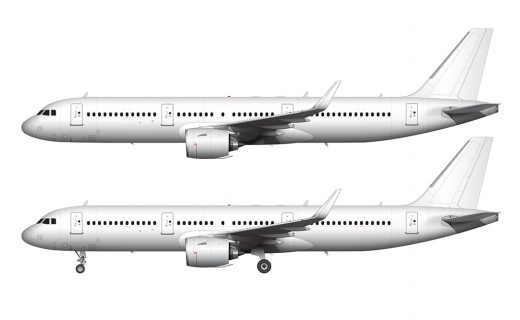
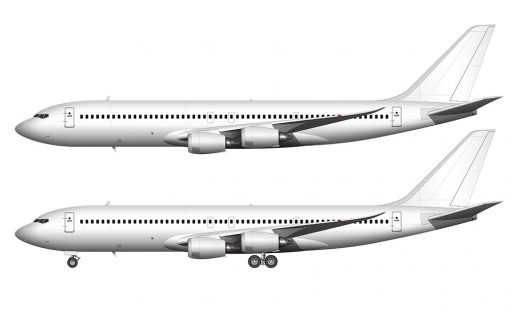
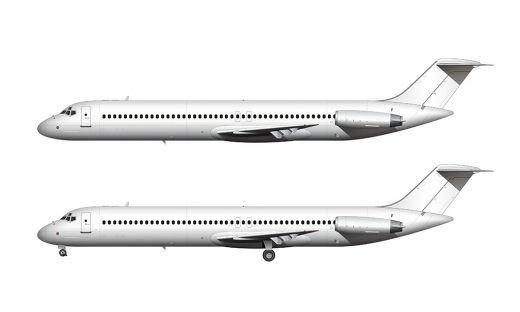
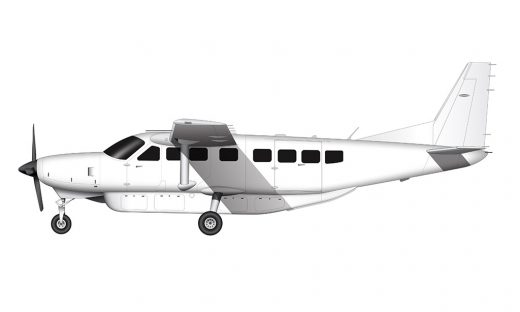
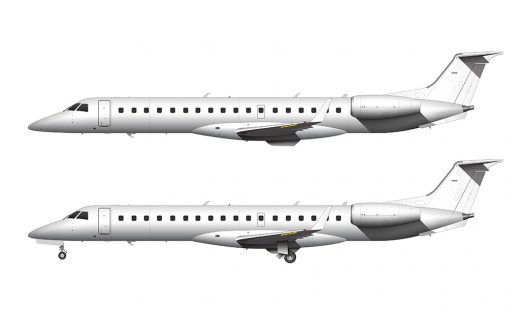
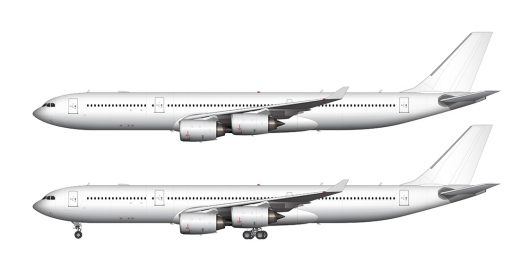
Bạn đã bao giờ muốn thiết kế ra 1 chiếc máy bay theo sở thích của mình chưa? Nếu có thì tôi mong bạn sẽ làm. Chúc bạn may mắn
the irkut MC 21-300, COMAC C919 or the Mitsubishi spacejet ??
The Comac C919 is coming next! I just finished the line drawing, and now I need to do the all white version.
I would like to see a COMAC ARJ-21-700 Xiangfeng. Thanks
Yes, there are more Comac aircraft coming!
id like to see the learjet 35A
That’s the second request I’ve had for one of those in the past week. I should probably add it to my to-do list…
I would LOVE to see a BOOM Overture or a Fokker 50.
Both are on my to-do list!